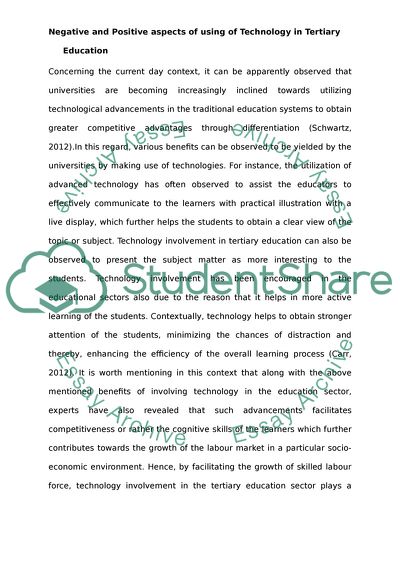Cite this document
(“Using Technology in Tertiary Education Essay Example | Topics and Well Written Essays - 1500 words - 1”, n.d.)
Retrieved from https://studentshare.org/education/1612336-research-essay
Retrieved from https://studentshare.org/education/1612336-research-essay
(Using Technology in Tertiary Education Essay Example | Topics and Well Written Essays - 1500 Words - 1)
https://studentshare.org/education/1612336-research-essay.
https://studentshare.org/education/1612336-research-essay.
“Using Technology in Tertiary Education Essay Example | Topics and Well Written Essays - 1500 Words - 1”, n.d. https://studentshare.org/education/1612336-research-essay.


